Your Ultimate Guide to Switzerland: Expert Tips and More
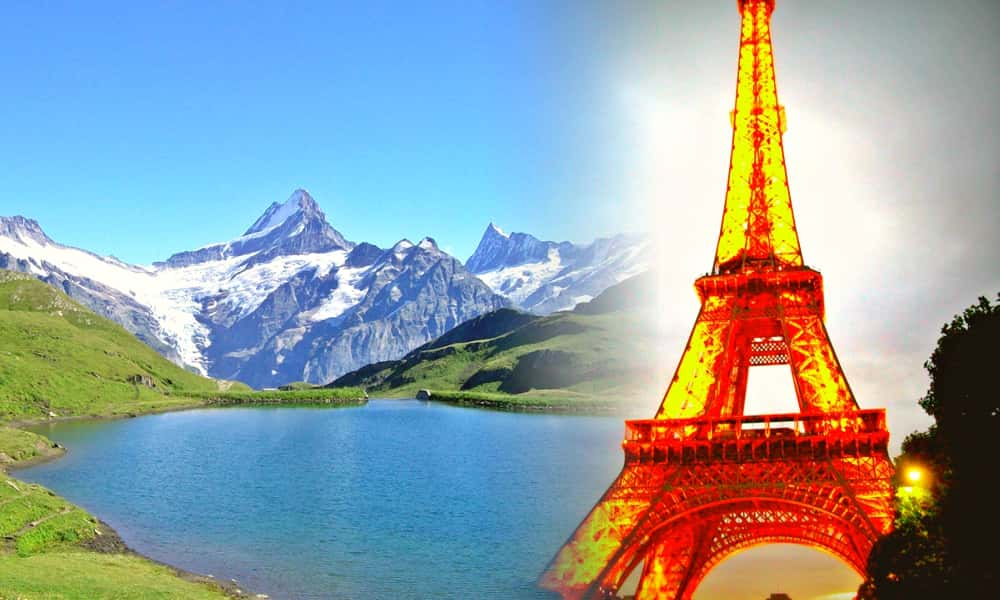
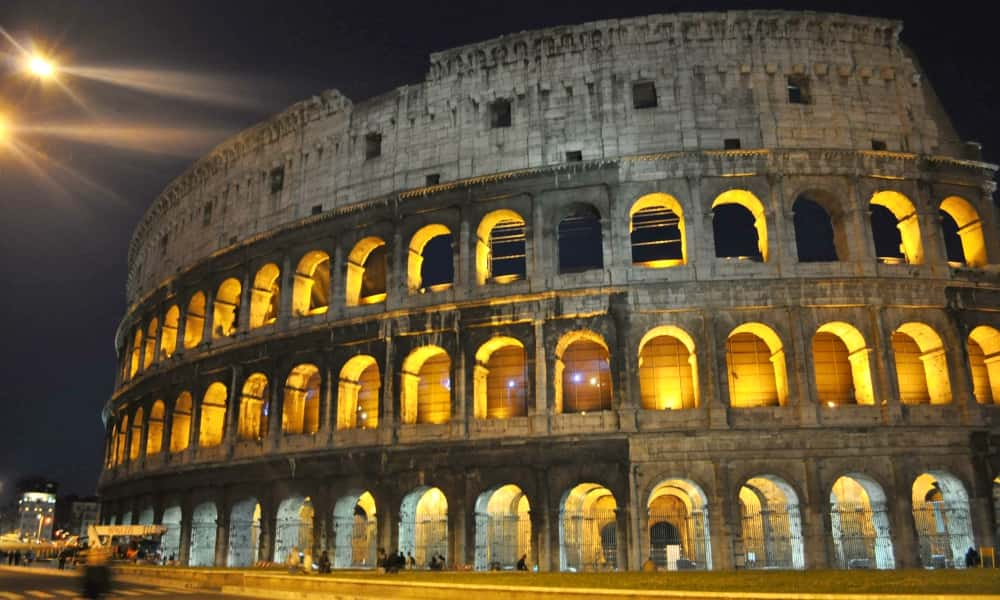
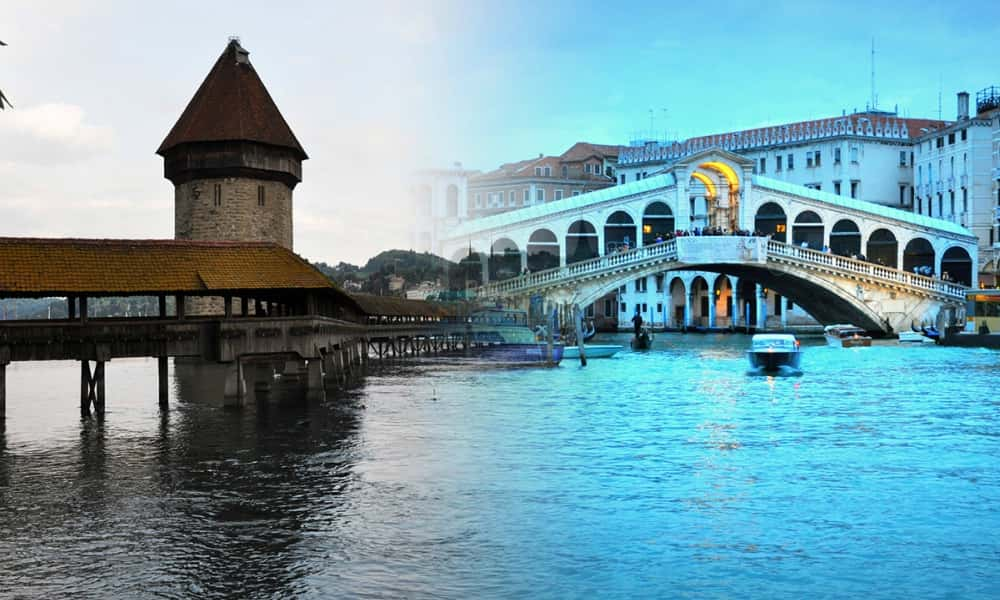
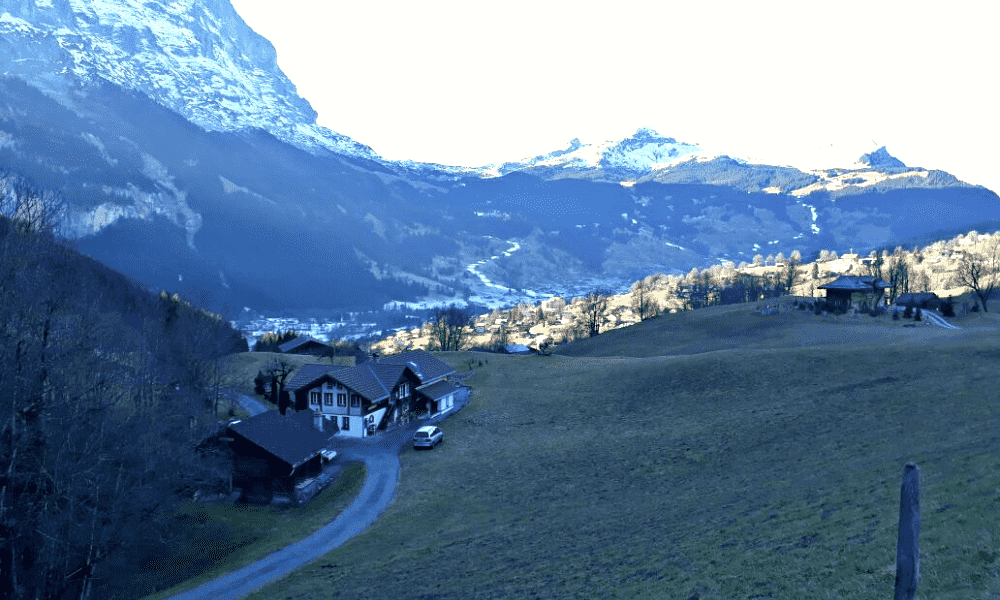
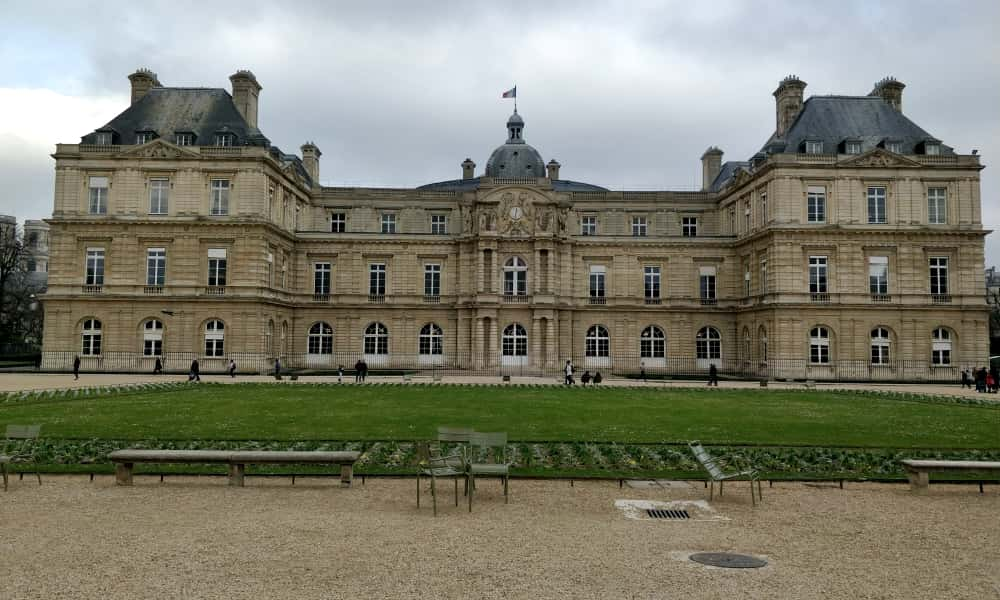
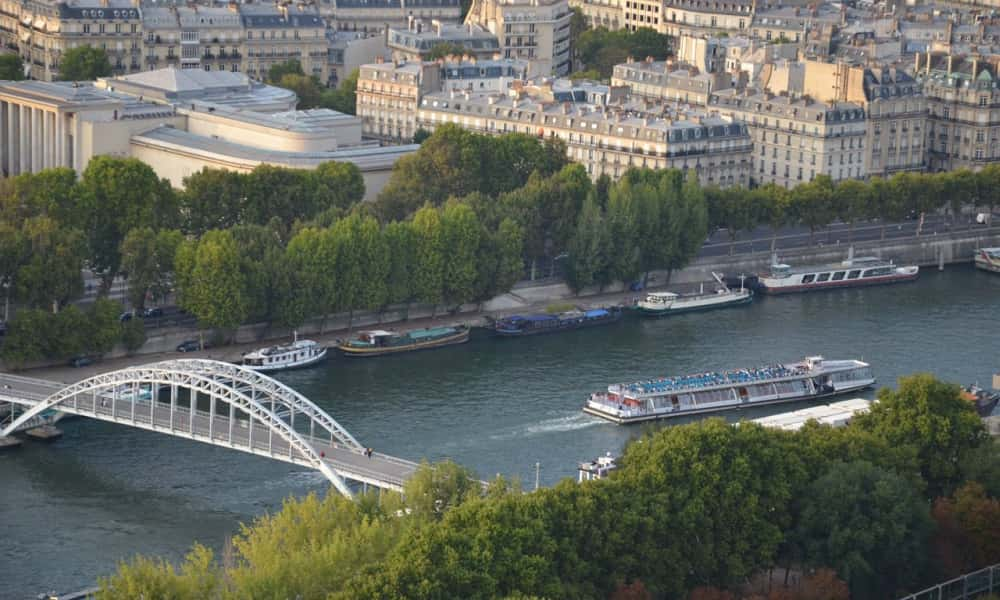
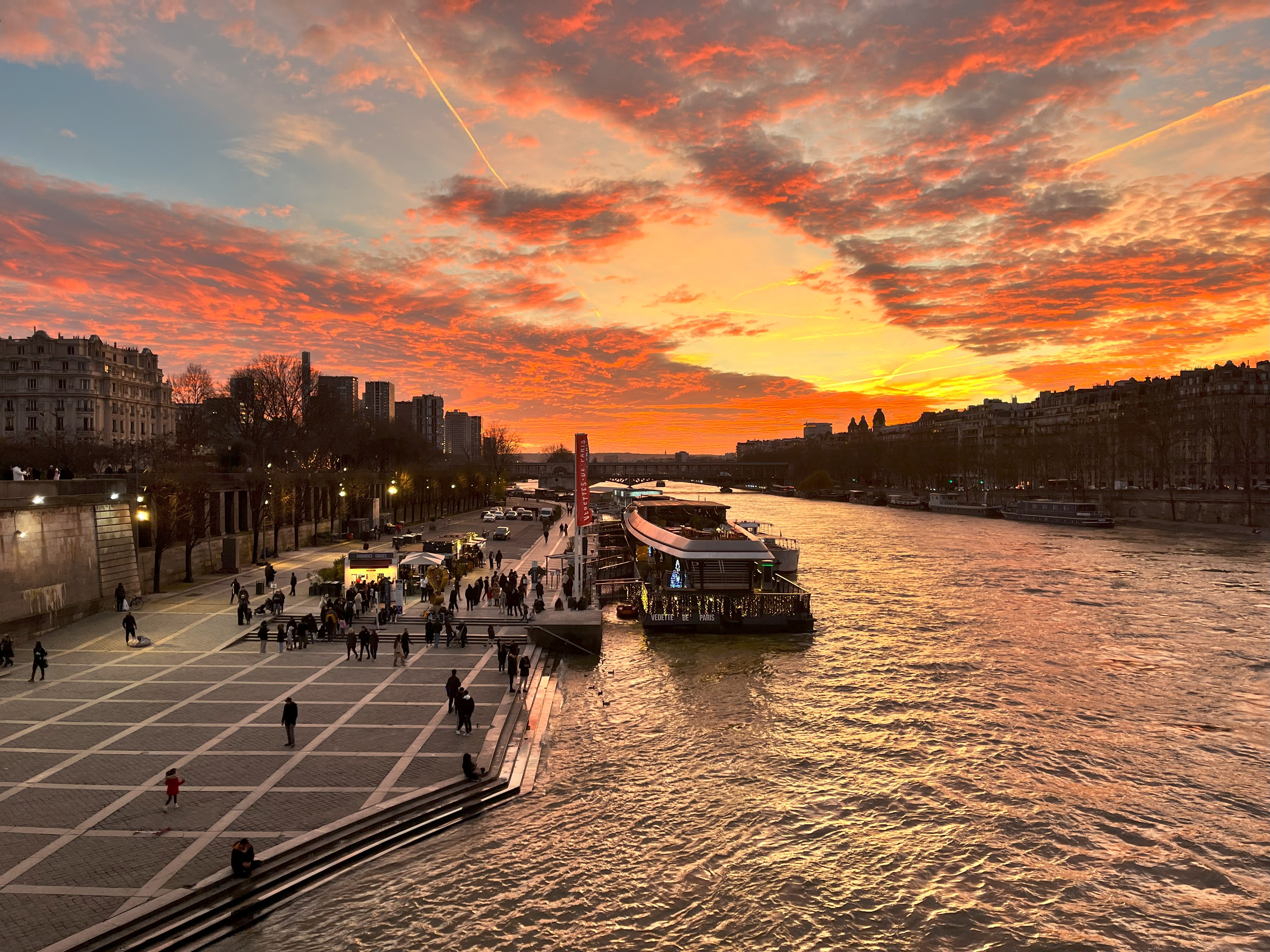
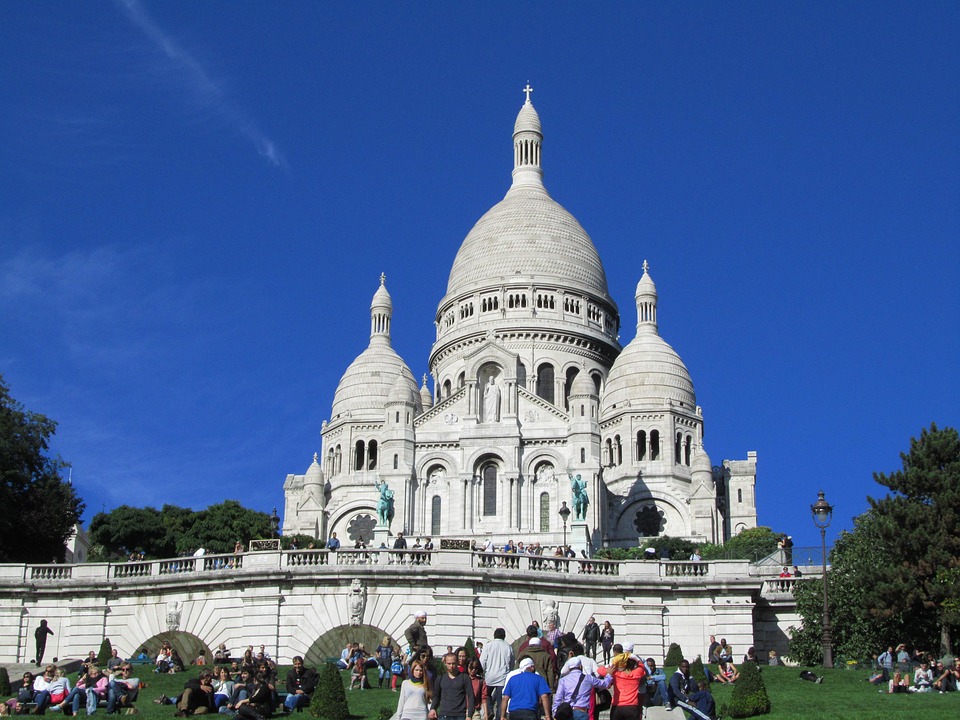
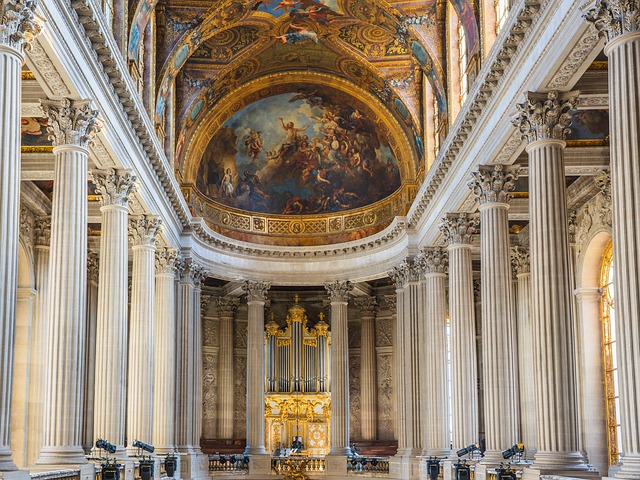
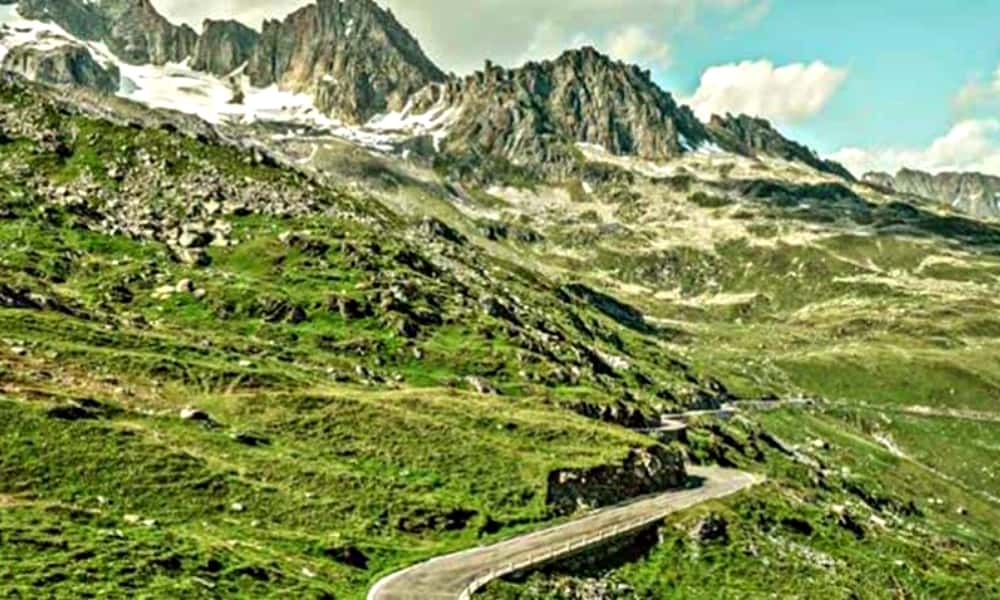
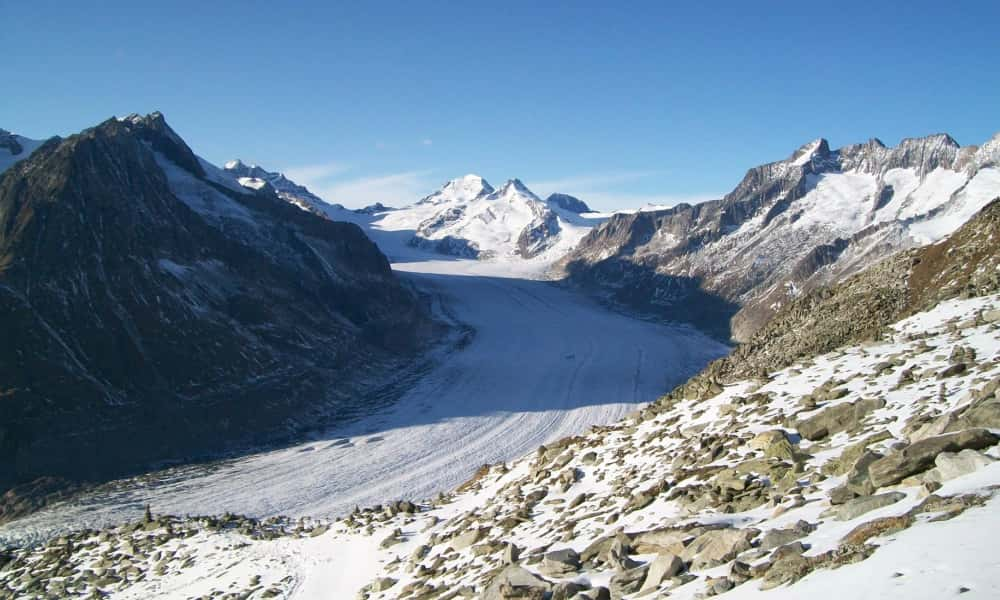
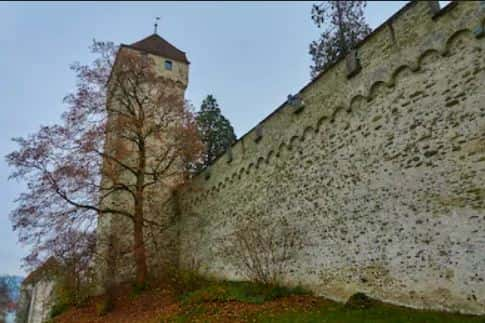
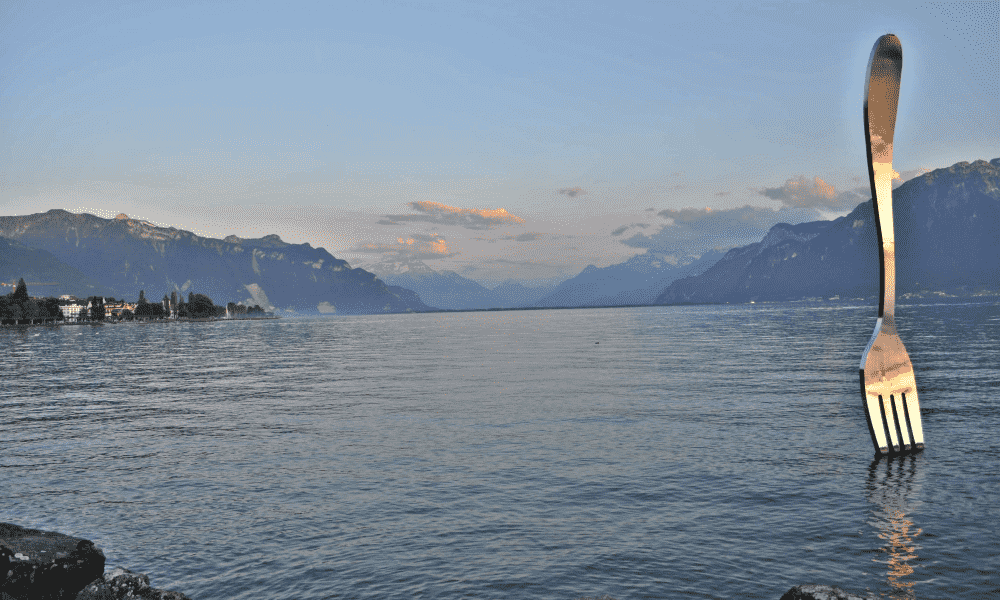
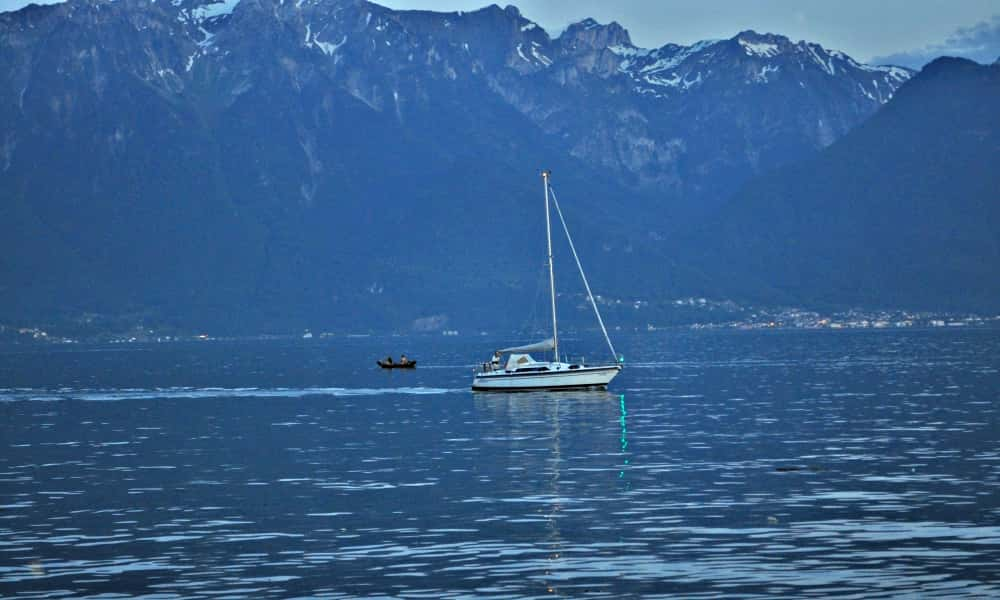
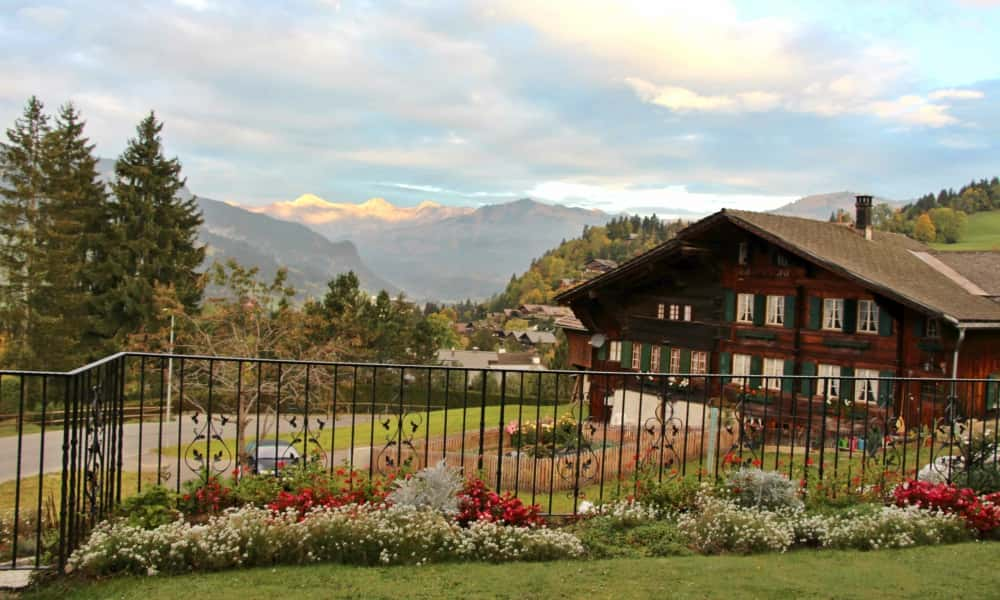

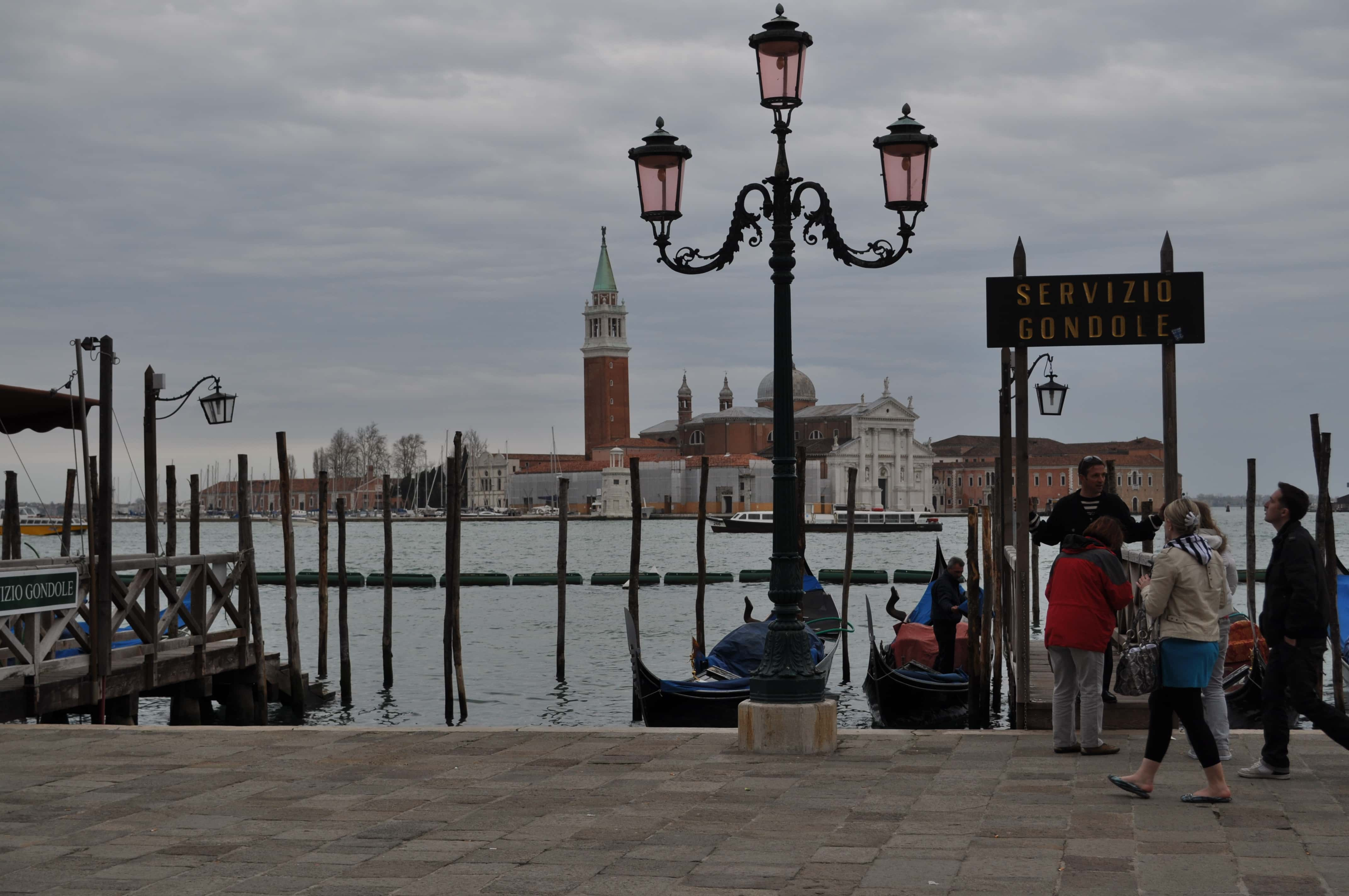
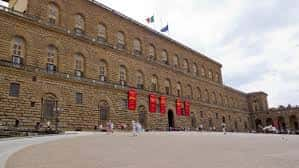
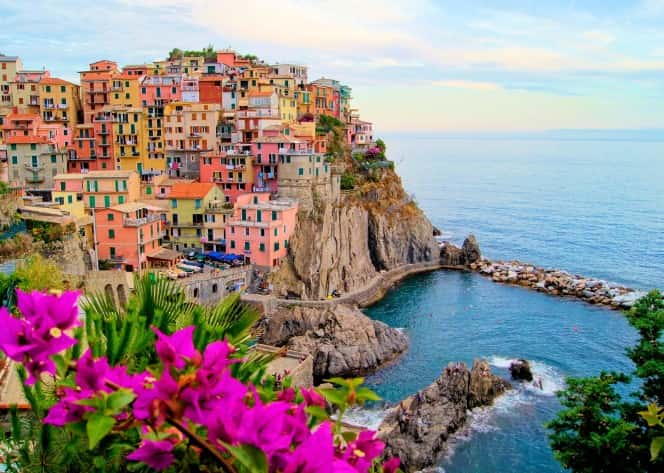
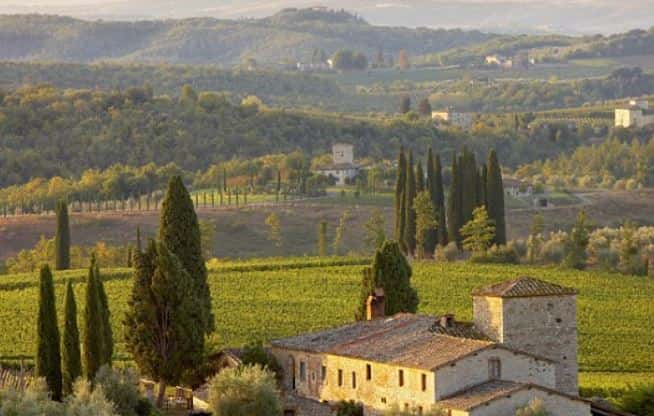
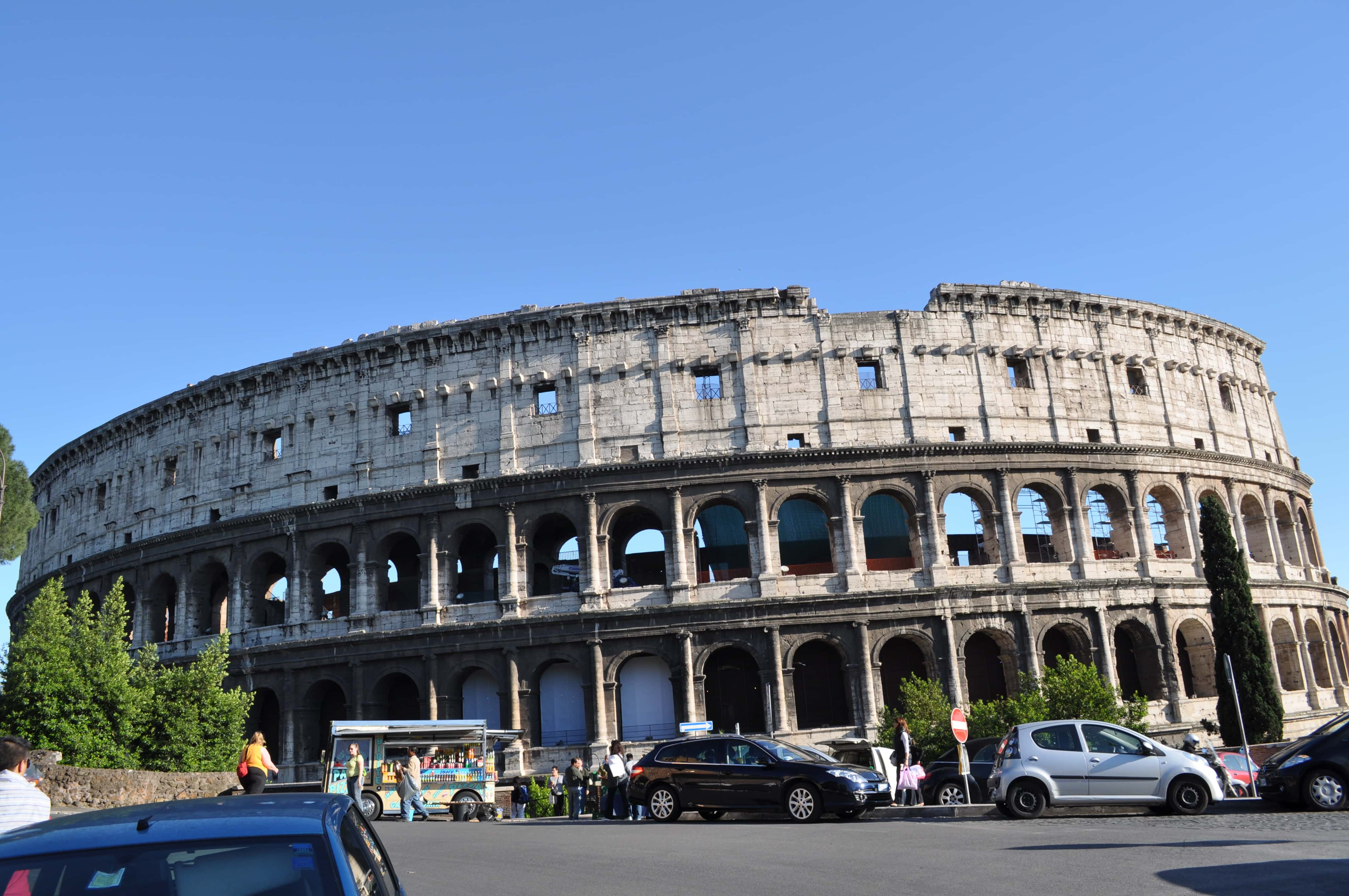
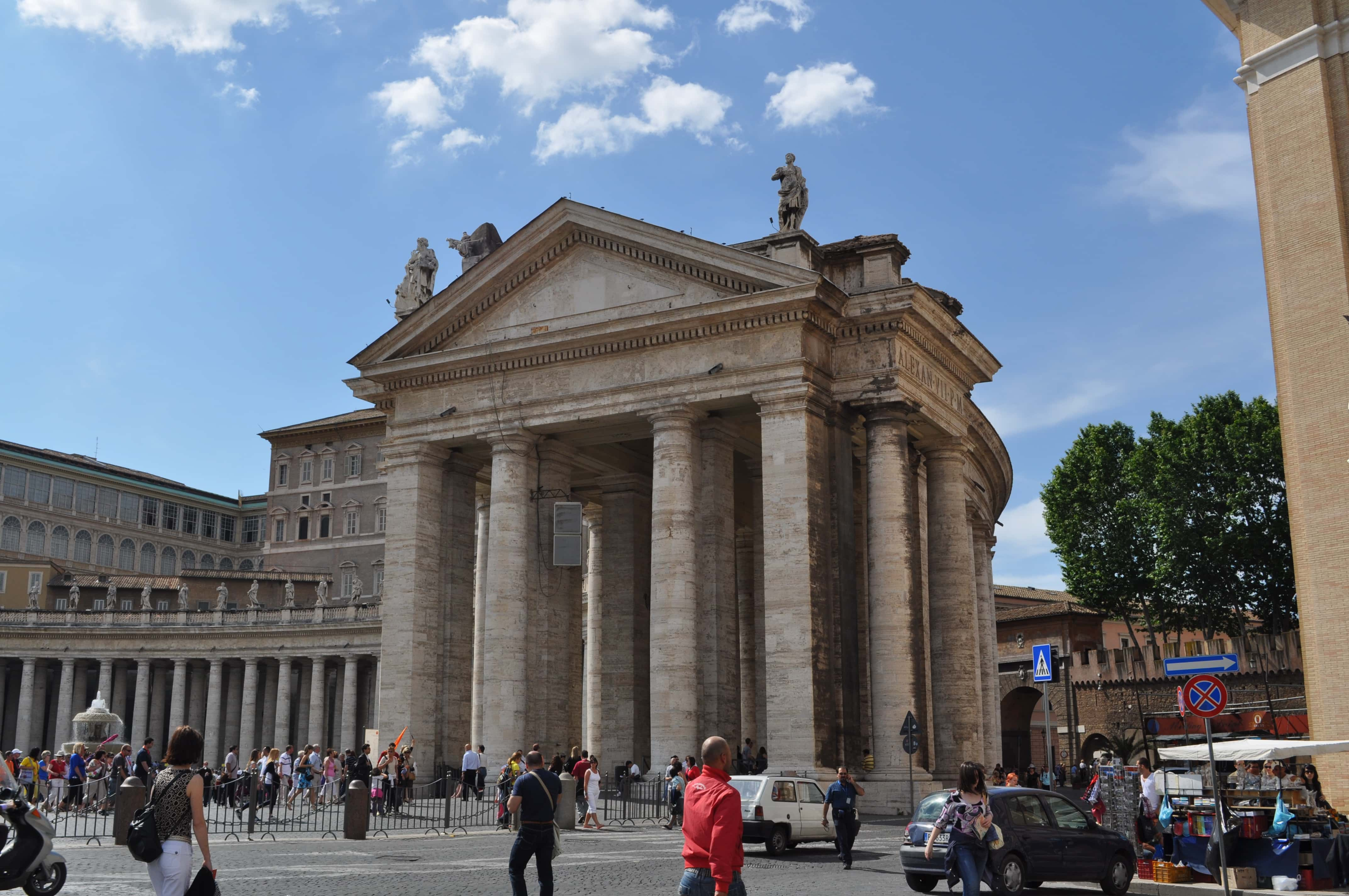
If you were to consult a local, the spring season in late March-April and Autumn during October to mid-November is equally good time to visit as the temperatures are still moderate and with the added benefits of no major traveler’s rush – unless your travel coincides with a local European holiday or long weekend. Winters are very pristine with charming Christmas markets all over and festivities are in the air. It tends to get reasonably cold but with one of the best standards of living in the world – the lodging and travel is very comfortable in most parts. Of course December – February is the ideal season for winter sports enthusiast, and even if skiing / snowboarding isn’t what excites you – sledging down a snow mountain with kids is an experience that one shouldn’t really miss.
The traditional choice for many is a hotel and Italy has choices in all shapes and sizes - but consider that most Italian hotels are small, family-owned enterprises and relatively few belong to hotel chains like Hyatt, Hilton and Starwood.
We typically recommend professionally managed B&Bs for an authentic local experience as owners are usually very hands-on and generally live on-site. But, thats changing fast where locals have moved out with the Tourist rush and would rather not live in the city e.g. Venice.
Renting a villa or apartment is probably the best way to truly “live like an Italian” and is a great choice for travelers who are a bit more independent and / or happy being supported by Catterfly local experts as they are exploring the country in their personal unique style. It can also be a very affordable option, especially if you are traveling with a larger group.
In recent times, Agriturismo concept has truly picked up in Italy and is being managed very professionally as well. It is typically a working farm that rents rooms or apartments and/or serves meals made from local and fresh products. These are typically not rustic places (while of course you can choose from those options as well) and generally nicely furnished, and often include many amenities available at hotels.
For visiting mountains, you would likely need to take the cable car or the mountain trains, and these are mostly discounted on Swiss travel pass (and some of these mountains can be accessed free of charge as well). Likewise, the boat cruises are very popular among tourists to explore the regions aronund the popular lakes in Lucerne, Interlaken and Geneva.
Self-drive car - Driving around is a great option for travelers, who would like to go off the beaten track. While most places in Switzerland are very well connected by public transport, it may be faster or more convenient to explore if one is driving around. Especially in the mountain passses in the central Switzerland. However, one must consider that the fuel cost and parking cost is reasonably high as compared to other Western countries.
Traveling by Taxi / Chaffeur driven cars - This is easily available in most of the big cities and for intercity transits as well. However, it is mostly a very expensive option unless the cost is shared by a larger group of people traveling together.
Travel within Switzerland: Cost typically around CHF 50-60 per day, if one is using the Swiss travel pass to go around. However, the mountain cable cars and trains typically cost extra, unless its already covered by Swiss travel pass.
Meals: one can easily toss up their own meals if staying in a hostel or a place with fully equipped kitchen (in chalet / apartments / holiday homes). The cost of eating out in Switzerland can be quite substantial in a regular restaurant - average of CHF 30-40 per person per meal. However, there are options available in CHF 10-20 range with the takeout pizzas, sandwiches and Turkish Kebab shops - which offer good choices for vegetarians and non-vegetarians alike. One can also shop around in the regular stores like Migros and CooP for pre-cooked meals at reasonable budget range.